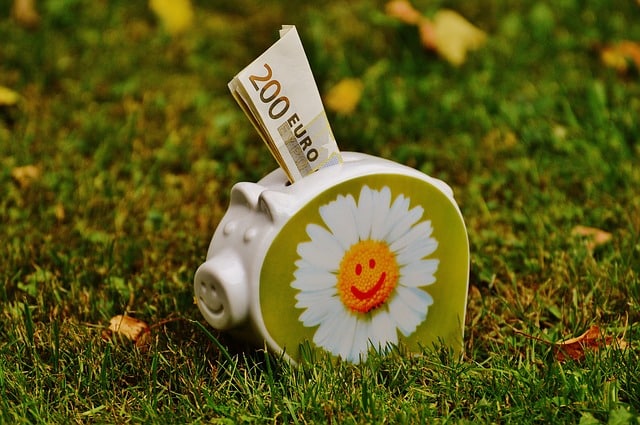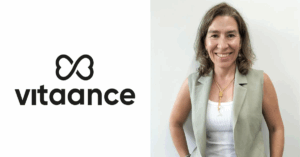The first thing to say is that there is no single formula for saving and, of course, there is no universal rule applicable to everyone. But what we are going to do is, under certain assumptions, to explain which are the formulas that will give young people the best returns while seeking to minimize their risks.
To save or not to save, that is the question
It is clear that saving is not for everyone. There are certain circumstances that may prevent us from being in a position that allows us to do so: buying a house, having a child, a low salary and a rent to pay, etc.
However, if you are in a position where money is left in your account every month, we can say that you are saving. The next question is: are you getting any return on that money or is it sitting “dead” in your account?
I think we all know that with each passing year, life gets more expensive: rent goes up, bread costs five cents more, just like the menu at the restaurant down the street goes up, etc. However, the money in the account does not provide us with a return, so the passing of time causes me to lose money.
However, as we have already seen, almost 50% of Spaniards do save.

My savings, in a guaranteed product or in something riskier?
Let’s think that every month we can save something, what are we going to do with this money? The answer is clear: “IT DEPENDS”.
First, we will establish some hypotheses that seem to us to be mandatory:
- If you need the money you save in less than 3 years, non-guaranteed products are not convenient. Why? Because if we have losses in the investment, we will hardly have time to recover it, and it is possible that when we want to recover the money, we will be losing it.
- We must set goals with our savings: if you know what you are saving for, it will help you choose the product in which it is best to invest it.
- “Past performance does not guarantee future performance.”. This is a maxim of warning to the investor; but it is true that the statistics say that the higher the variable income, the higher the profitability in the long term.
Let’s take a look at some practical examples to get a better understanding of the situation.
Small saver with a goal -> your vacations
1st case:I’m saving 150 euros every month, but it’s September and I’ll want to spend the money on next summer’s trip.
Do not do anything with this money if you are going to need it in less than 12 months. Any savings product has some associated “opening” costs that would make it impossible to get a return in the first year, unless you want to risk more than the account (1st hypothesis).
In addition, you may find that many products prevent you from redeeming the money before 12 months and, if you do, you will probably do so with less or the same money.
Small savers with longer-term objectives
2nd case: I have a small savings, which I get every month, and I do not foresee needing that money for several years.
This would be the case of the person who saves, on the one hand, for his trips and his daily “whims”, but who saves something for the medium term (3 years or more), such as a car, a house…
In this example, we could open a savings plan or a similar product and, in addition, as we do not plan to redeem it in the short term, we would choose to invest in something of variable income.
As we said in the 3rd hypothesis, by investing in this way I will be able to obtain more profitability and, in addition, I minimize the risk, since it would give time so that, if I enter in losses, I can recover it before I need the money.
Large savers looking to diversify
3rd case: I have a good salary and enough savings capacity. I don’t know whether to diversify in several products, in case it gives me some tax advantage.
Indeed, if there really is a high savings capacity, it is advisable to diversify. This is the second case, but with larger amounts.
It would be the moment to, if in addition to making what is called a “PIAS Fund” (savings product in which you put an amount every month and which is linked to investment funds, but diversifying, not concentrating on one) we may be interested in a pension plan. The advantage of the latter is clear: tax relief (your contribution is deducted from the taxable base in the IRPF).
On the contrary, its liquidity is tremendously reduced; we will have to say goodbye to that money for some time.
In addition to these products, the SIALP is a good option, since it can be redeemed in 5 years time without taxing the benefits.

Compare between different savings plans and investment products
As you can see, we are explaining this article from a cautious perspective, to avoid false hopes (being aware that in equities we can lose). Of course, what we do not advise anyone is to invest from ignorance. If you know a financial professional in whom you have confidence, let them help you get started.
For our part, we have been helping our clients to save for decades, and the degree of satisfaction is enormous. The reason? We have a Savings and Investment Department that analyzes the best products every year, to offer those that best suit the circumstances of each one.
As we work with 20 entities, in a moment you can compare the best products on the market without having to go or ask in each place. Do not hesitate and contact us.
How much do we charge? Nothing The companies themselves pay us something for taking clients to them, so you will not have to pay anything for this assistance.
Do not hesitate and contact us now, without obligation.




